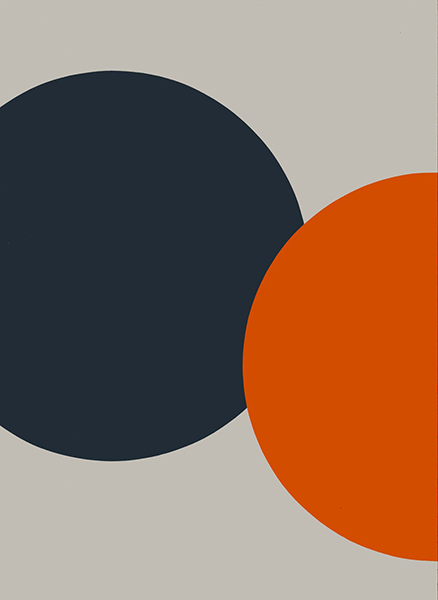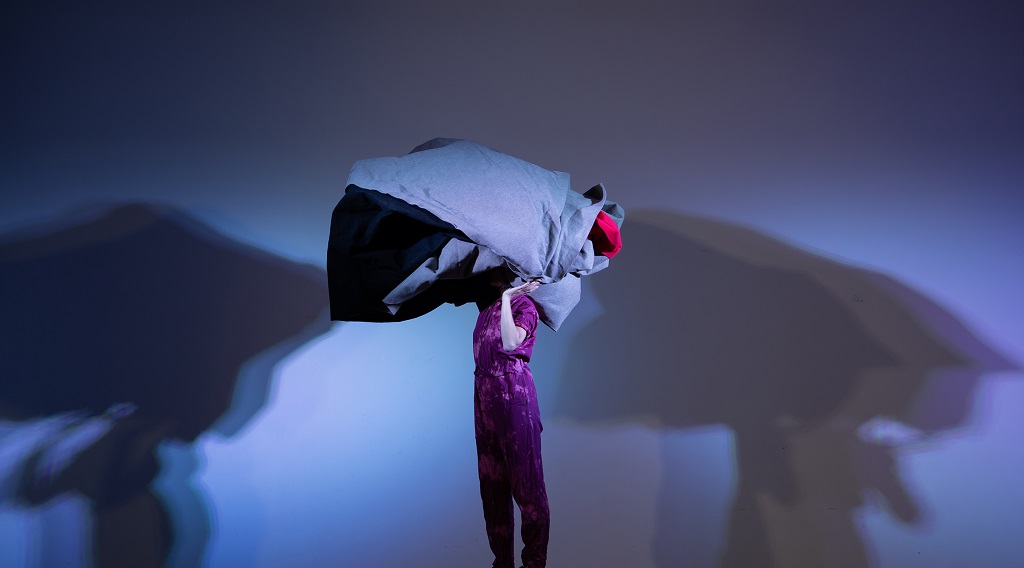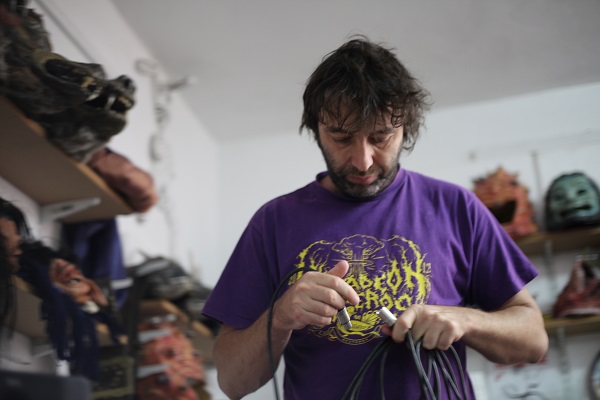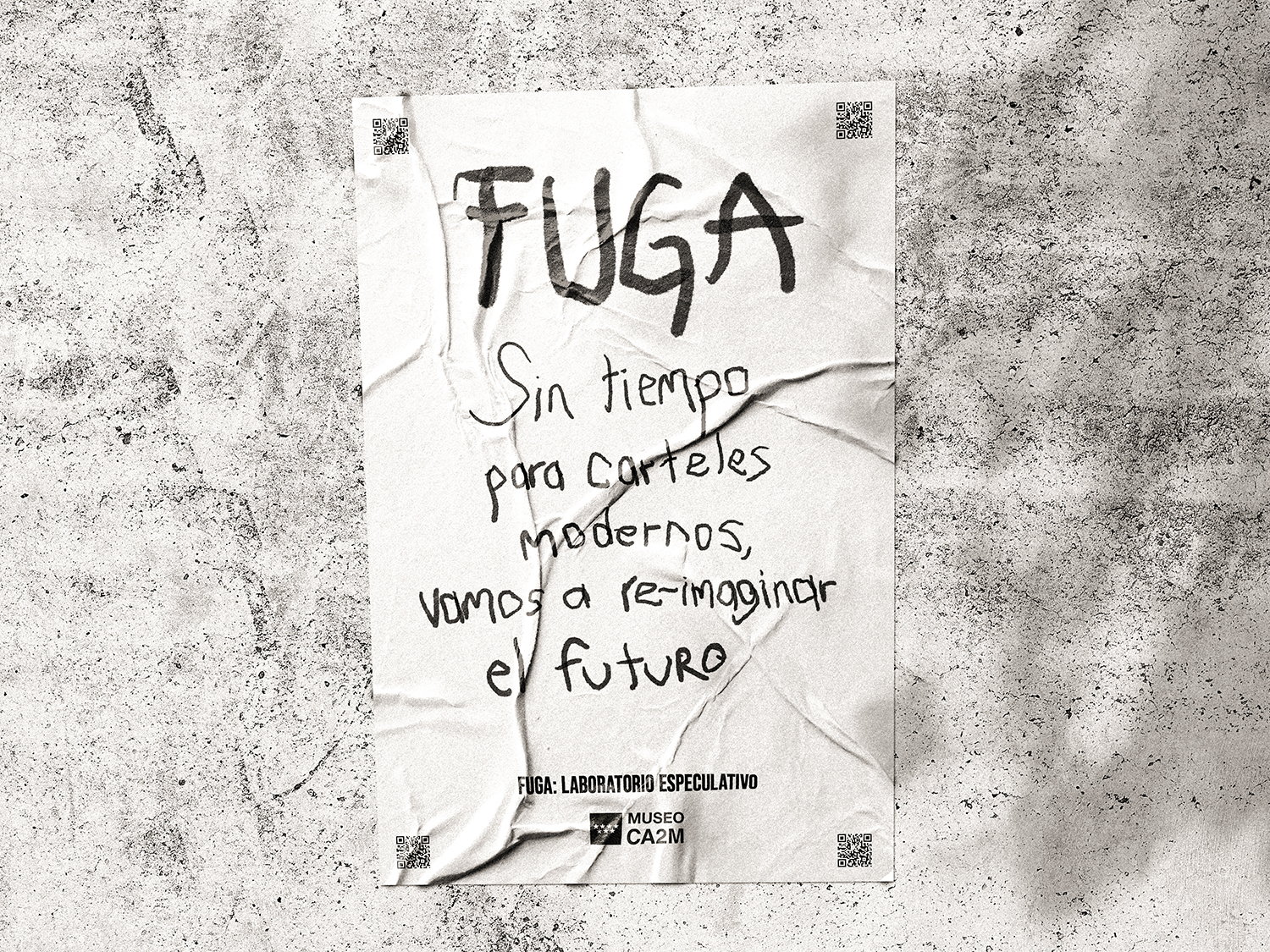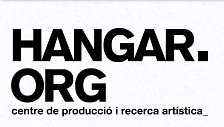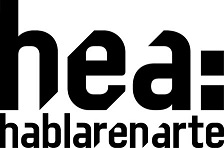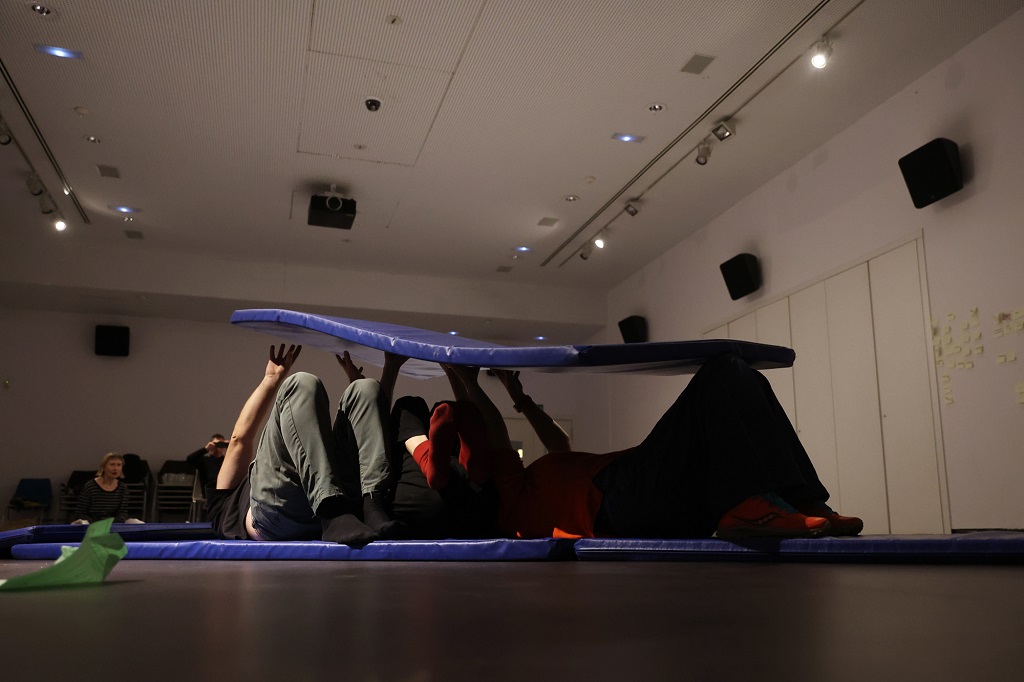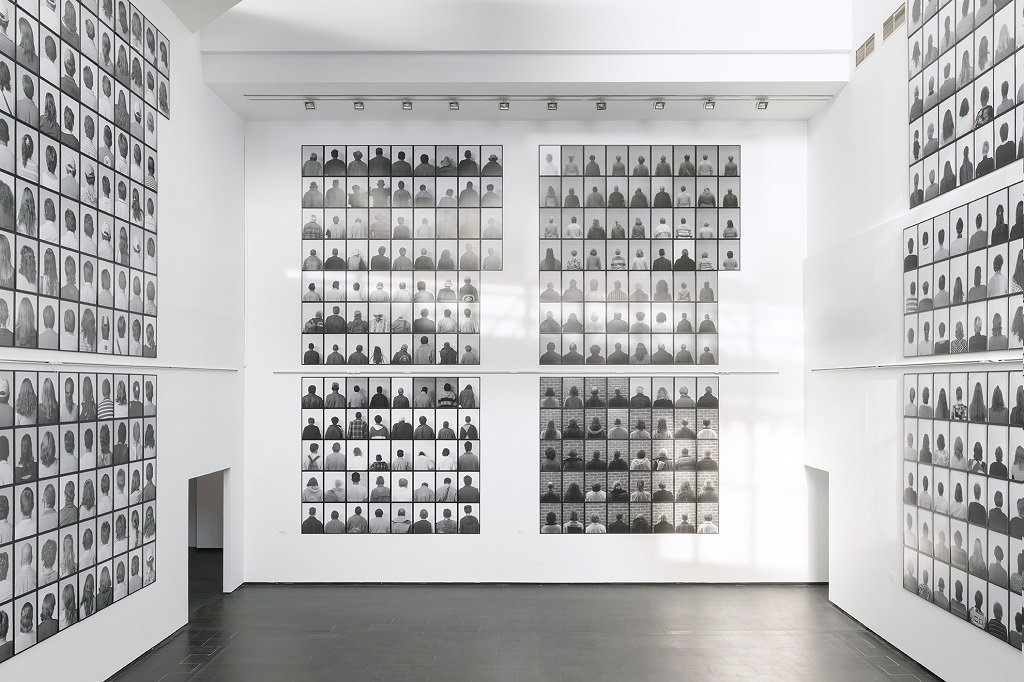Based on the different exhibitions, activities and workshops, as well as the museum’s collection, we are suggesting different encounters and viewpoints on contemporary artistic practices and their capacity for influence and social transformation. To do so, we will invite guests, but not only cultural stakeholders and visual artists; that porosity in the title opens up the arena to other creators and disciplines, allowing for encounters with writers, scientists, designers, performers, musicians and more. Our main goal is to break that systematic distance between the general public and the white cube by bringing together different voices around contemporary culture.
Music will be an essential feature that serves as the common thread in each of the activities, and each session will come with a playlist inspired by the topic being discussed. We are suggesting one encounter a month, making a total of eight podcasts.
We invite you to start listening in the flowery, fair-filled month of May and to participate in this new CA2M Museum radio adventure.
Host- Natalia Piñuel Martín
Art historian, cultural researcher and curator. She is the co-founder of the Madrid-based platform Playtime Audiovisuales, where she develops projects for museums and cultural spaces like MUSAC (León), DA2 (Salamanca), Espacio Fundación Telefónica, La Casa Encendida (Madrid), AECID and the Instituto Cervantes. Playtime Audiovisuales has been curating the El Cine Rev[b]elado series at the Centro de Arte 2 de Mayo since 2014. She is the director of the festival project and agency She Makes Noise. She regularly writes in the media and teaches and gives talks about contemporary artistic practices and gender issues. She has programmed audiovisual and performance exhibitions and series and has worked regularly in radio and podcasts since 2018.
#06 Alana S. Portero_The transformative power of art: From the Thinking programmes of the Museo CA2M
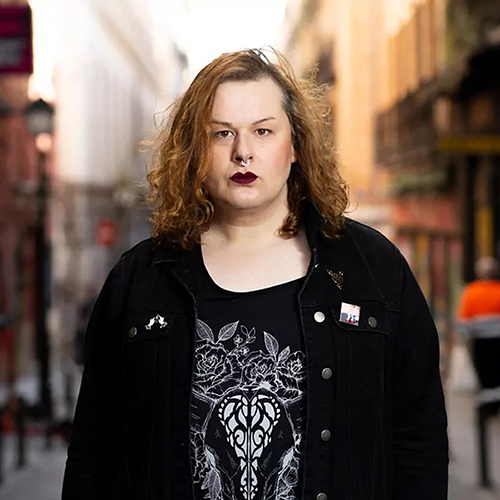
Our guest at this sixth altered, porous gathering is the writer Alana S. Portero, author of La mala costumbre published by Seix Barral in 2023 and an essential work in contemporary Spanish fiction. Based on the museum’s Thinking line of activities, with a special focus on the Art and Seclusion programme that addresses social exclusion, psychiatry and mental health, we’ll talk about Alana’s life, literary career and LGBTQ+ activism.
The playlist features artists who explore the diversity of electronic music rooted in traditional music genres and folklore + the extra bonus, courtesy of our guest, of goth rock and darkness.
EPISODE #4 ► (Listen on SoundCloud)
PLAYLIST #4 ► (Listen on Spotify)
#5_Ingrid García-Jonsson_The future to come: From the museum’s new exhibition season
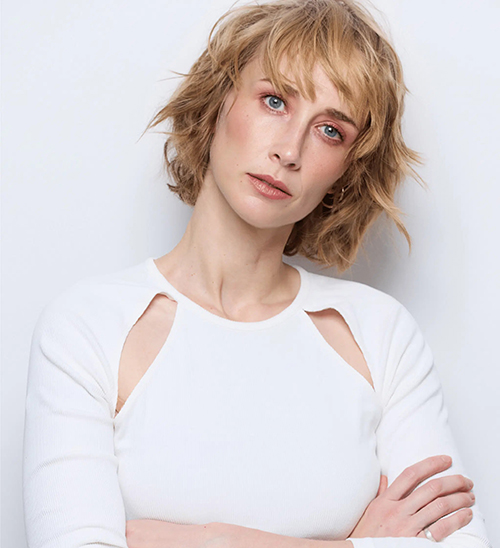
Our guest at this fifth altered, porous gathering is the actress Ingrid García Jonsson, protagonist of the audiovisual event of the year, the series Superstar created by Nacho Vigalondo that looks back at and reimagines the phenomenon known as Tamarism that occurred in the early 2000s. Based on the new exhibition season at the Museo CA2M, which features works by Inês Zenha and Juan Pérez Agirregoikoa, we’ll talk about Ingrid’s career and how to find spaces for difference.
We’ll also discuss the film festivals where the most anticipated movies of the season will be premiered, and we’ll discover the history and context behind the creation of the Biennale Cinema in Venice and the San Sebastián International Film Festival, Zinemaldi. The playlist features electronic music related to the future to come that is already here, with a handful of artists from the buzzing current scene + the extra bonus courtesy of our guest.
EPISODE #4 ► (Listen on SoundCloud)
PLAYLIST #4 ► (Listen on Spotify)
#4_Raquel Peláez_An imagined Madrid: From the Flor Hispania exhibition

Our guest at this fourth altered, porous gathering is the journalist and writer Raquel Peláez, author of the books Quiero y no puedo, una historia de los pijos de España published by Blackie Books, 2024; Londres, libro de viaje, 2019; and Quemad Madrid o llevadme a la López Ibor published by Libros del KO, 2014. Raquel has been scrutinising Madrid culture and society in her columns for different magazines and the daily El País for many years. Based on the Flor Hispania exhibition curated by David Bestué, we venture with her into the hidden secrets of the capital.
As we take a stroll through the residential zones, we also analyse the architectural utopias that could have made Madrid a more habitable city. The playlist features an eclectic range of electronic music from producers based in Madrid, because this city does not live on pop rock alone: Álvaro Corrochano, VVV [Trippin'you], Lynda Blair, R-010- and Merca Bae + the extra surprise bonus courtesy of our guest. Happy rentrée.
EPISODE #4 ► (Listen on SoundCloud)
PLAYLIST #4 ► (Listen on Spotify)
#3_Candela Capitán_From Otherness: On the Ostro Live Art Series
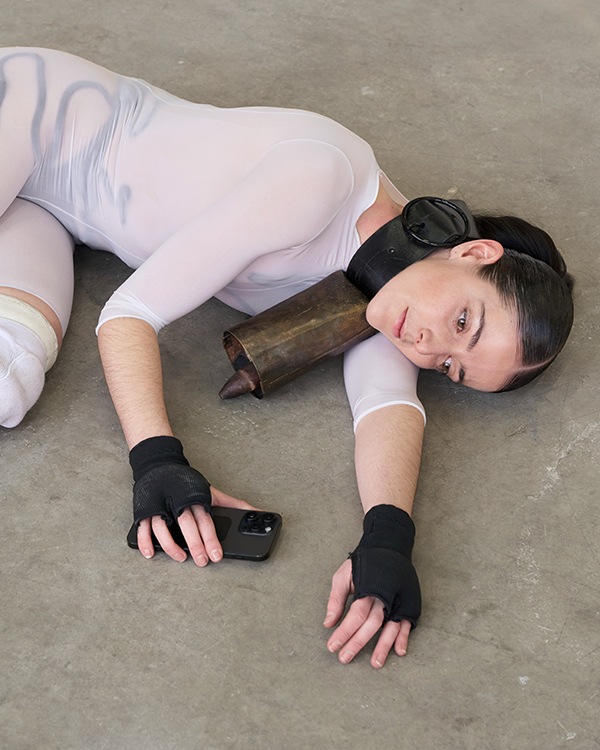
Our guest at this third altered, porous gathering is the performer and choreographer Candela Capitán, one of the leading figures on the contemporary dance scene in Spain. Capitán is presenting her piece Sound Cell as part of the Ostro Live Art Series.
Also with us is the Barcelona-based DJ, performer and programmer Meritxell de Soto.
The playlist, like our guests, is characterised by dissidences and the most disruptive electronic production, and like Ostro, the southerly wind that moves and changes everything in its path, we wish you a warm and happy summer.
EPISODE #3 ► (Listen on SoundCloud)
PLAYLIST #3 ► (Listen on Spotify)
#2_Le Parody_From Smallness: On the Ria exhibition by Jorge Satorre
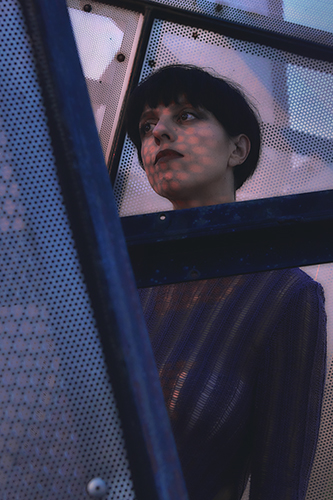
Our guest at this second altered, porous gathering is Le Parody, the musical project of the Málaga-Granada artist Sole Parody, who after many years in Madrid is now a “voluntary exile” in the fields of Castile. Le Parody interrelates pop, tribal folklores, flamenco and electronic music in her production. She makes songs about love and heartbreak, revolutions, bodies and community dances, the ones that would fit in the gap between a street party and a rave. Le Parody’s new album Remedios, released only a few months ago, feels more luminous than her earlier ones, merging influences from the African continent and pop lyrics with smallness, small remedies (rather than pieces of advice and major speeches) for resilience and a better world.
Also with us is the composer, producer and pianist Hara Alonso from Stockholm, and we talk about Maddi Barber’s films about caring and the rural world. The accompanying playlist features minimalist and ambient music, because as well as dancing to electronic music you can listen to it, so we invite you to discover quite a few of its creators.
EPISODE #2 ► (Listen on SoundCloud)
PLAYLIST #2 ► (Listen on Spotify)
#1_Sabina Urraca_The Imagined Universe – Around the María Medem exhibition
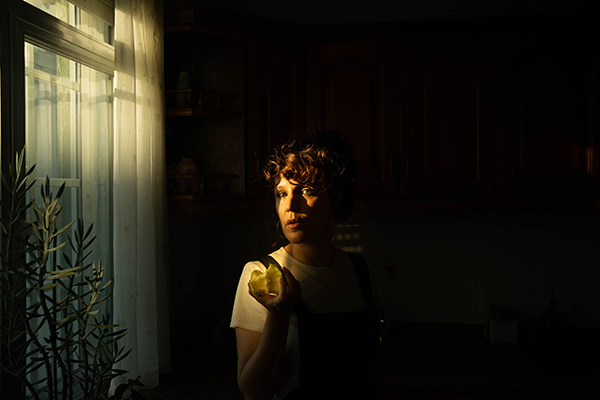
Imagen: Andrea Fernández Plata
We invited the writer and editor Sabina Urraca for this first altered, porous gathering. Originally from San Sebastián, she was raised in Tenerife and currently lives in Madrid. She is the author of the novels Las niñas prodigio (Fulgencio Pimentel, 2017), Soñó con la chica que robaba un caballo (Lengua de trapo, 2021), Chachachá (Dueto) (Comisura, 2023) and El celo (Alfaguara, 2024). Her short stories and the translations of some chapters of her books have been published in magazines like The White Review (UK), The Washington Square Review (USA), Picnic (Mexico), Mercurio, Los Bárbaros, Salvaje, Matador and La Pública, and she has contributed to media like El País, El Cultural, Vice and Cinemanía with columns, articles and essays. She has a monthly column in the literary journal Zenda. She has taught writing workshops in Spain, Mexico, El Salvador and Costa Rica. In 2019, she debuted as an editor of Panza de burro written by Andrea Abreu (Editorial Barrett). She was a resident editor at the Caballo de Troya imprint (Penguin Random House) in 2023 and 2024. In 2022, she received a Leonardo grant for creators from the BBVA Foundation. She has just released her new book, Escribir antes, published by Ediciones Comisura. Sabina (the human) lives with Murcia (the dog) who got her name because she was found in Murcia and since then has been a constant inspiration for the human.
We also welcomed input from the visual artist, curator and poet Leto Ybarra and the filmmaker and animated artist David Domingo, AKA Stanley Sunday. The playlist comes with the Austro-Hungarian imprint plus an extra surprise bonus from Sabina Urraca.
EPISODE #1 ► (Listen on SoundCloud)
PLAYLIST #1 ►(Listen on Spotify)








